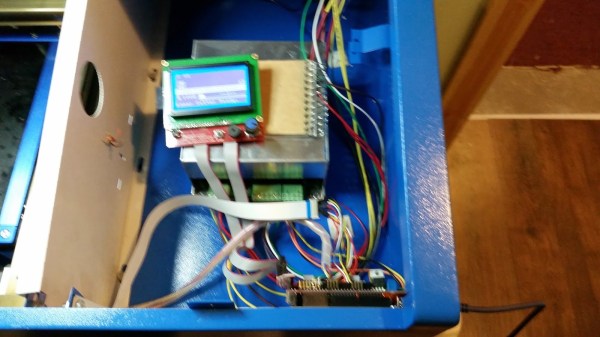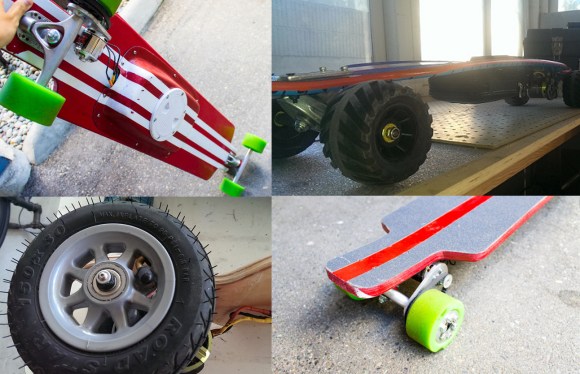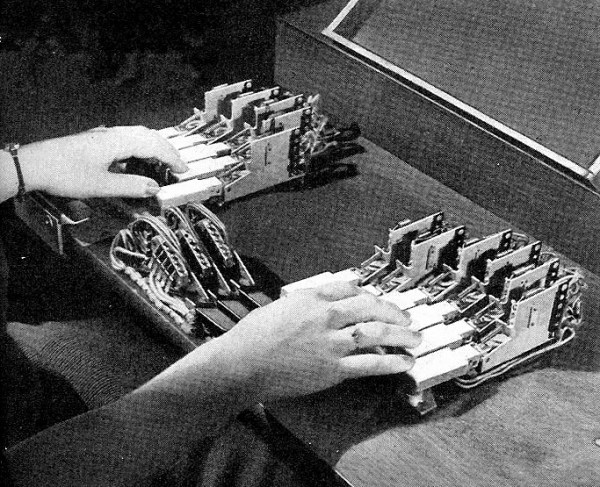Laser cutters are perhaps one of the most useful tools in a hackerspace’s arsenal of tools, rivaled only by 3D printers and CNC mills. The problem is they’re quite expensive — unless you get one of the cheap little ones from China that is! Unfortunately, you get what you pay for. Lucky for us though they aren’t that hard to upgrade!
[Dan Beaven] just finished upgrading his 40W CO2 laser to use an Arduino Mega 2560 and RAMPS 1.4 — wanting to share his knowledge he’s posted a guide to help others do the same. The upgrade itself isn’t that difficult, although can be a bit messy for wiring. In the future [Dan] hopes to design a PCB with all the connectors so it’s as simple as plugging it into the RAMPS board.
To control the laser he’s using firmware from the Lansing Makers Network (GitHub) designed for use with marlin electronics. He’s modified it a bit for his own purposes (Google Drive) including a low output LASAR activation signal.The cool thing with setting up your laser with this hardware is that you can use a laser output plugin right in Inkscape!

















